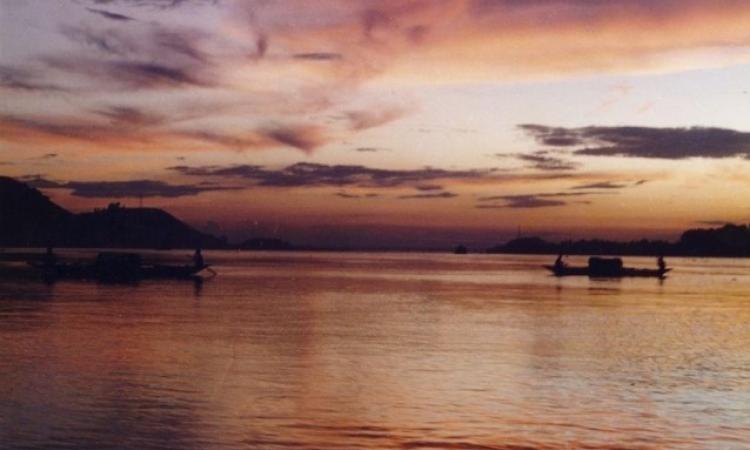
As the demand for water is projected to increase globally, South Asia is becoming a hotspot where the economy and the population could be adversely impacted by poor water security due to growing household, agricultural and industrial needs, as well as increase in water-related disasters.
The threat of water security challenges faced by India
The paper titled 'The Thirsty Elephant – India’s Water Security Challenges: A test for regional relations' published by The Australian Defence College, The Centre for Defence and Strategic Studies (CDSS), argues that India faces daunting water security challenges in the years to come. The demands of a rapidly industrialising economy and urbanising society are increasing at a time when the potential for augmenting water supply is limited, which could aggravate India’s water security challenges and increase interstate tensions. The paper explores the possible consequences of India’s water security challenges over the next decade.
A number of factors have been found to impact India’s domestic water security. The important ones include lack of safe, adequate water to satisfy national demands, and mismanagement of existing water resources. Although the Indian Government has undertaken measures to enhance both the availability and quality of drinking water, the efforts seem to be inadequate to meet India’s large and growing population that has put a strain on water resources. Poor quality of available surface water and excessive dependence on groundwater has led to the problem of aquifer depletion. A third of Indian aquifers have reached an unsustainable level of utilisation, suggesting that reliance on groundwater for drinking purposes is reaching its limits.
Water for agriculture is also competing with other demands such as urbanisation and changing lifestyles, resulting in increased water requirements.The demand for water from the industrial sector is also predicted to rise in the future. This competition for water increases across different sectors and will further lead to increasing pressure to use groundwater resources unsustainably. Limited water resources have also led to increasing disputes between the states in the country for sharing of their water resources.
The impact of water security challenges on India's relations with its neighbours
This water scarcity has also strained India's relations with its neighbours namely Pakistan and China. India’s upstream use of water has aggravated existing tensions with Pakistan. Pakistan has been objecting to India’s initiation of hydropower construction projects along the Indus river basin (Jelhum and Chenab) in answer to its expanding energy requirements.
India has also been diverting western river waters through canals and tunnels from the Jehlum to Chenab and onward to the Ganges to meet its increased regional water supply requirements. Pakistan has accused India of thus starving its lower riperian portion and of violating the Indus Water Treaty. Under these conditions, since India and Pakistan are interlinked by a water system that is transboundary in nature--the Indus--and both countries face serious water scarcity issues, increased competition for access to safe water could exacerbate existing tensions.
These water security challenges could also intensify competition between India and China and aggravate their already strained relationship. China has undertaken an ambitious program of dam and canal construction and has initiated a number of hydroelectric damming projects on the upstream portion of the Brahmaputra.
The disputed state of Arunachal Pradesh is of particular importance in this context and has the potential to exacerbate existing regional tensions with China, as it has become the theatre of a complex ‘interstate water stalemate’. Water security in the region is achieved through one of the most vital water arteries that flow through the heart of the Himalayan water common and includes the Yarlung-Tsangpo (in China) or Brahmaputra river (in India). The threat of water diversion by China in the upstream Brahmaputra can be a very sensitive issue for India.
The paper ends by arguing that it is important that India secure its water requirements without further aggravating tensions with China and Pakistan. It remains clearly in the interests of all parties that India and its affected neighbours strive to resolve the issue cooperatively on a region-wide basis, under broader, multilateral forums. Else increased competition and confrontations can be possible, leading to a negative impact on India’s socio-economic progress and the security and stability of the broader region.